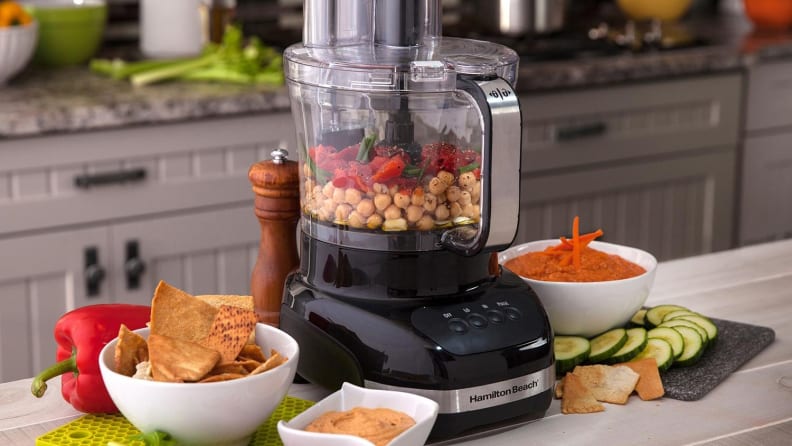Indeed, even first class food processors will in general get a couple of terrible surveys. It can appear to be bewildering that somebody could experience a lot of difficulty with an item most clients love. A large number of these negative audits are handily clarified by a need understanding with respect to the analyst.
Best rated food processor, paying little mind to how great it is, would not automatically make you a gourmet cook. It requires a specific degree of expertise and experience. Try not to get baffled or overpowered; this aptitude is handily achieved. A large portion of it comes down to two things: recognizing what ought to and should not be prepared, and acing the beat button. It is hard to realize which kitchen device is most appropriate to which task. There are clashing perspectives among cooks which just adds to the disarray. I’ve recorded some fundamental rules to help give sensible desires to your handy new kitchen aide.

In fit hands you can anticipate that a food processor should shred cheddar or vegetables emulsify dressings and mayo, cut most food things, and hack nearly anything. A food processor can combine elements for a bread mixture and then ply it for you. It can expertly eliminate the excess into a pie outside or other baked good batter. You can purée most things.
There are a couple of assignments the food processor can do, despite the fact that not ideally. These incorporate puréeing soup and pounding meats. A food processor will effectively purée the soup, anyway it cannot handle a lot of fluids so it should be part into littler clusters. Most food processors must be filled most of the way with fluids, so you will require a 12 cup machine to mix 6 cups of soup. Much of the time a blender is a superior wagered.
Meats can in fact be prepared, contingent upon the ideal outcomes. A chicken liver pâté profits by the smooth purée of a food processor. A generous stew is upgraded by huge pieces of nearly ground meat. Nonetheless, getting anything between those two textures is dubious, best case scenario. Meat ground by methods for a food processor will in general get soft when brought past the thick stage. A soft surface is incredible for natively constructed gyros, some dumpling fillings or specific sorts of custom made wieners. It will probably not be acknowledged in burgers, meatloaf or most commonplace ground meat applications. At the opposite finish of the range, while a chunkier surface can be extraordinary in stews and a few soups, you can wind up with some harsh, chewy pieces in a formula that does not include a long, slow cooking measure.